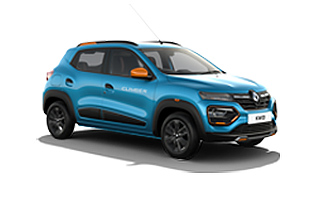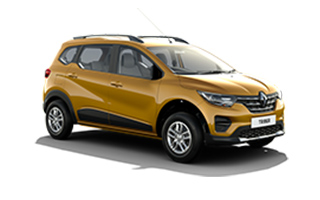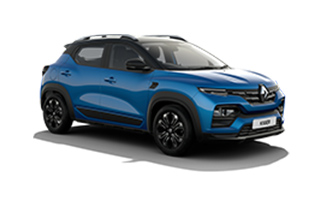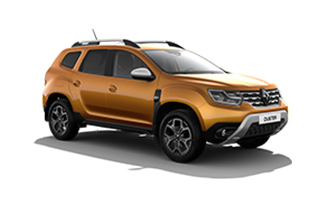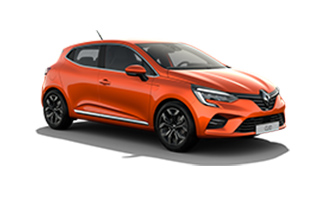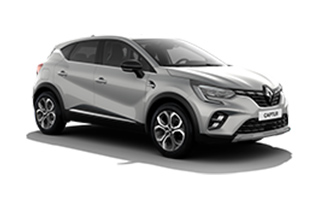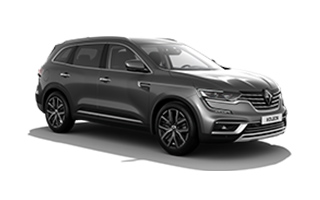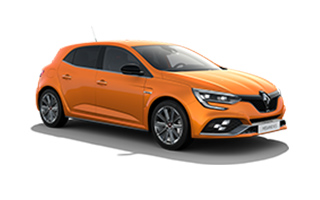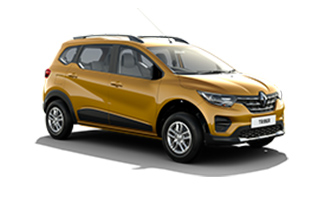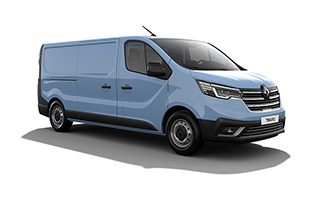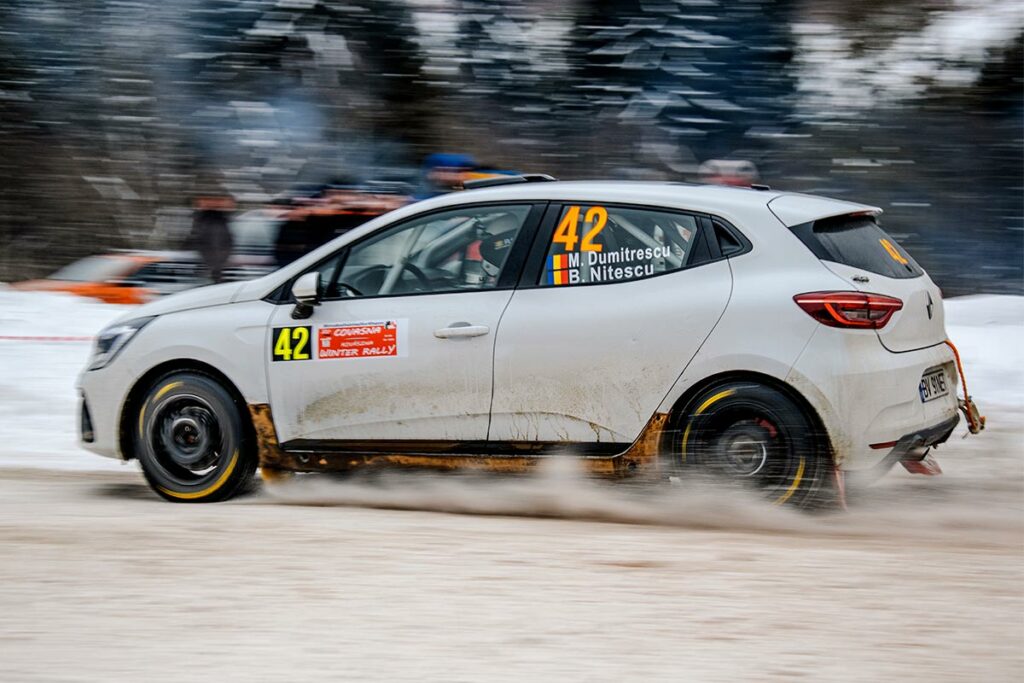From the race tracks of the early 20th century to becoming a major automobile manufacturing concern, the journey of Renault has been nothing short of remarkable. This journey has not only shaped the course of the automotive industry but also enriched the experiences of numerous Renault vehicle owners across the world.
What country does the Renault car come from?
Our story begins in France and an industrialist with an unrelenting passion for automobiles. When we trace the roots of Renault, we find ourselves travelling back in time to 1898, an era when the world was just waking up to the potential of motorised transport. An inventive spirit, Louis Renault, who, along with his brothers Marcel and Fernand, transformed his fascination for automobiles into a business venture. This passion would soon take shape as Renault, a company that would eventually become a beacon of the automotive industry.
The Renault brothers launched their venture during the infancy of the automobile industry. Despite the technological limitations of that era, their innovative and resourceful mindset enabled them to create cars that were not only functional but also set standards in performance and reliability.
Within a few years of its inception, Renault began to make waves in the world of motor racing. The nimble yet powerful cars produced by the Renault brothers were a hit on the race tracks. Their early victories cemented Renault’s reputation as a formidable competitor in the motor racing circuit, helping them gain substantial recognition and boosting their business.
One of the pivotal moments in these initial years was when Renault introduced mass production techniques in 1905, followed by the implementation of Taylorism in 1913. These initiatives set a precedent for the automobile industry, transforming how cars were made and accelerating the industry’s growth.
The early success of Renault was not just confined to race tracks and production lines. The company also showcased its commitment to societal causes during the First World War. Renault contributed to the war effort by producing trucks, stretchers, ambulances, and even the renowned FT17 tanks, which played a critical role in the final victory.
In this period of just two decades, Renault established itself as a forward-thinking, innovative, and socially responsible company. The Renault brothers laid the foundation for a brand that would continue to break new ground in the automotive world for over a century, shaping the driving experiences of millions across the globe. Little did they know that their small but powerful cars were just the beginning of an extraordinary journey.
Pioneering Change: 1919-1945
The post-war years were marked by significant changes at Renault. The company was the first to start a production line in 1929 at Billancourt, marking the dawn of a new era in automobile manufacturing. Despite the economic crisis, Renault strived to stay afloat by containing costs and modernising its production facilities.
By the end of the Second World War, Renault was nationalised, leading to the formation of the Régie Nationale des Usines Renault (RNUR). This period in history saw Renault initiating some of its most significant changes to meet the demands of a rapidly evolving automobile market.
Going Global: 1945-1992
n the subsequent years, Renault witnessed impressive growth and began expanding internationally, although their attempt to conquer the US market fell short. Success came in the form of the 4CV, the first “new Renault” for everybody. This was quickly followed by the launches of Renault 4 and Renault 5.
From the 70s onward marked successful launches of two upmarket models: Renault 25 and Espace. Renault also initiated a drastic cost-cutting policy and focused on its core competencies.
Entering New Markets: 1992-2005
Renault marked its history in 1996 by becoming a private company, which sparked a major turning point. Renault entered a strategic alliance with Nissan in 1999, continued to innovate its vehicle range, and tasted success in Formula 1 racing. With the acquisitions of Samsung Motors and Dacia, Renault began to accelerate its international expansion.
The Modern Era: Since 2005
In recent years, Renault has made significant strides in growing its global footprint. The continued innovation and the launch of successful models, such as Mégane and Laguna, have helped the company sustain its market position.
This is just a brief overview of the rich heritage of Renault. Renault has indeed come a long way since its humble beginnings, and today, it continues to be a force to be reckoned with in the automobile industry.
Whether you’re interested in a pre-owned Renault or a new one, there’s no better place to start your journey than with Renault Springs.
Are you ready to buy a Renault car in Springs? As an authorised dealer, we not only offer a wide range of Renault cars but also provide top-quality East Rand Renault repairs. Visit our dealership in Johannesburg East today, and let us assist you in finding your dream Renault vehicle!

